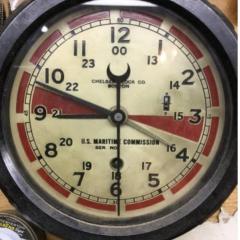Broke my new balance staff during staking..
-
Recently Browsing
- No registered users viewing this page.
-
Topics
-
Posts
-
Hi a read what you told me but a still can't understand how to tell what way do you mean when you said the shape example?
-
I didn't take it apart until after you kindly explained its function! In fact mine doesn't work exactly the same way as described in the link OH provided in that it's not the whole block that moves but just the internal spring & its support. However, the 'franken-spring' I've cobbled together pending the right one turning up is, it seems, too thick to slip through the join in the two halves of the block as the mechanism is activated....
-
By Neverenoughwatches · Posted
I love these boxes, fantastic for spares, mostly Indian, chinese and Russian but exactly as you say scott, you only need to pick out a couple of pieces and they've paid for themselves. -
By watchweasol · Posted
Hi Murks. The shape of the stone face tells you which is entry or exit. I have attached a bit of reading for you. TM 9-1575.pdf TZIllustratedGlossary.pdf Hi Joseph Bulova School of Watch Making.pdf
-







Recommended Posts
Join the conversation
You can post now and register later. If you have an account, sign in now to post with your account.
Note: Your post will require moderator approval before it will be visible.